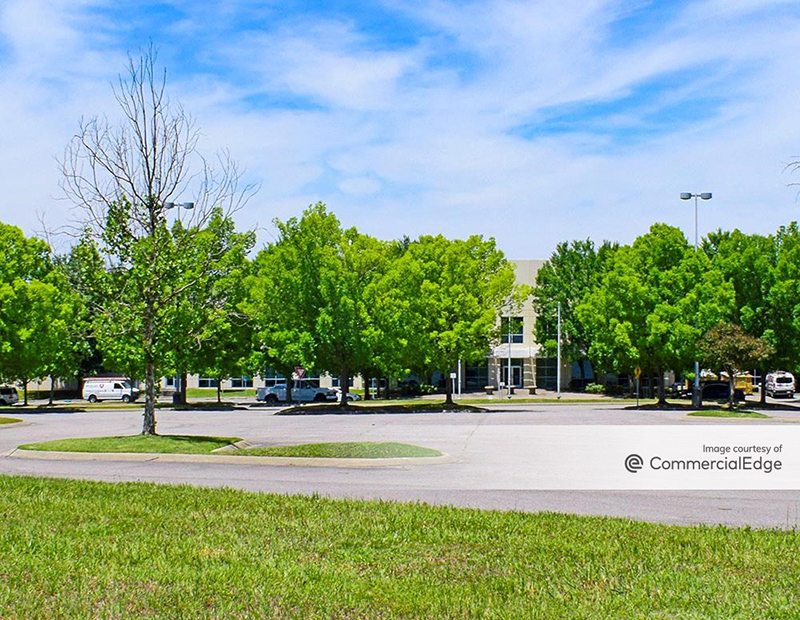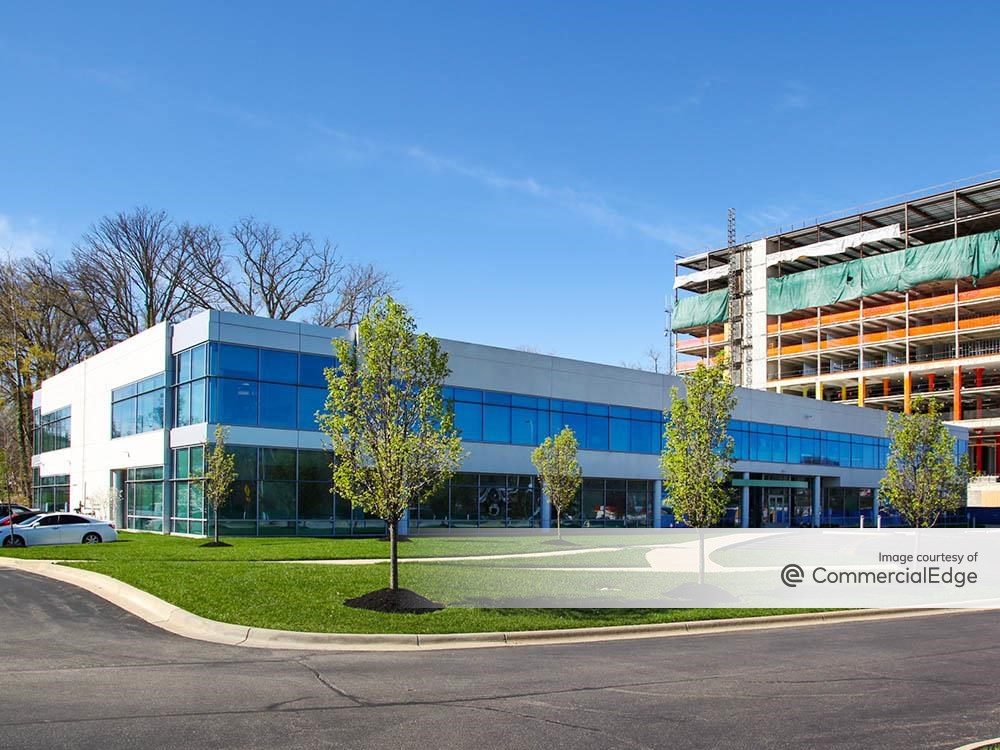Restructuring CMBS Loans, Part I
By Jay Maddox, Principal, Avison Young: Maturing CMBS loans face major challenges in today's market. Check out why negotiating a loan modification might be your best bet.
By Jay Maddox, Principal, Avison Young
 Many CMBS loans underwritten at the market peak in 2006 and 2007 are underwater. There may be enough income to service the debt, but they can’t be refinanced at the current loan amount under today’s more conservative underwriting metrics. Thus, borrowers with overleveraged, maturing CMBS loans face major challenges. Without a refinancing with new equity, a loan restructuring or a maturity date extension, the options rapidly diminish to either a sale or a foreclosure. To avoid disaster, it may be necessary to negotiate a loan modification with a special servicer.
Many CMBS loans underwritten at the market peak in 2006 and 2007 are underwater. There may be enough income to service the debt, but they can’t be refinanced at the current loan amount under today’s more conservative underwriting metrics. Thus, borrowers with overleveraged, maturing CMBS loans face major challenges. Without a refinancing with new equity, a loan restructuring or a maturity date extension, the options rapidly diminish to either a sale or a foreclosure. To avoid disaster, it may be necessary to negotiate a loan modification with a special servicer.
Understanding the Landscape
Typically, a borrower remits payments and reports to the master servicer. However, the master servicer has no authority to modify the loan. Such decisions can only be made by the special servicer, so the first step is to transfer loan administration from the master servicer to the special servicer. This happens automatically if the loan is in default. Otherwise, the borrower must request a transfer from the master servicer.
As the economy has improved and loan defaults have declined, special servicers have reduced their staff. Because of this, many special servicers are overwhelmed and may be inclined to take the path of least resistance, such as a note sale or foreclosure, especially on loans under $10 million. Larger loans, in particular those comprising 5 percent or more of the remaining CMBS pool, get more attention because they have a greater impact on the overall performance of the underlying CMBS security.
Some homework is necessary before attempting to negotiate a CMBS restructuring. It is important to understand the past performance and asset concentrations that exist within the CMBS security itself, as well as the resolution of defaulted loans. Fortunately, this information is readily available from several industry sources.
Special Servicer Considerations
The special servicer has a fiduciary duty to the CMBS investors to maximize the net present value of the recovery. However, the reality is each special servicer has a different approach to managing distressed and defaulted loans. Some are more receptive and flexible than others, and their willingness to cut deals can depend on a variety of factors, including prior loss experience of the underlying security, as well as existing asset concentrations within specific markets, both within the security and across a number of securities. For example, the special servicer may already have a heavy concentration of office buildings in Houston, so it may want to avoid taking back more assets in that market.
It really pays to do some reconnaissance and understand the landscape before embarking on a restructuring. The borrower needs to have patience, a realistic business plan and the ability to contribute additional funds—but there are many ways this can go wrong. Distressed borrowers should seek assistance from professionals that have a deep understanding of loan restructuring as well as access to rescue capital should that be required.
Stay tuned for my upcoming columns that will explain why the process of negotiating a CMBS loan restructuring is daunting but not hopeless.
This is the first in a three-part real estate finance series on restructuring CMBS loans. For more on the topic, check out Part II and Part III.







You must be logged in to post a comment.